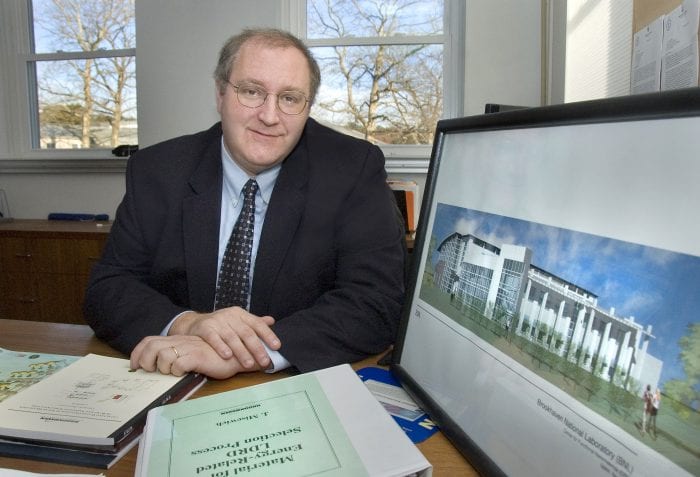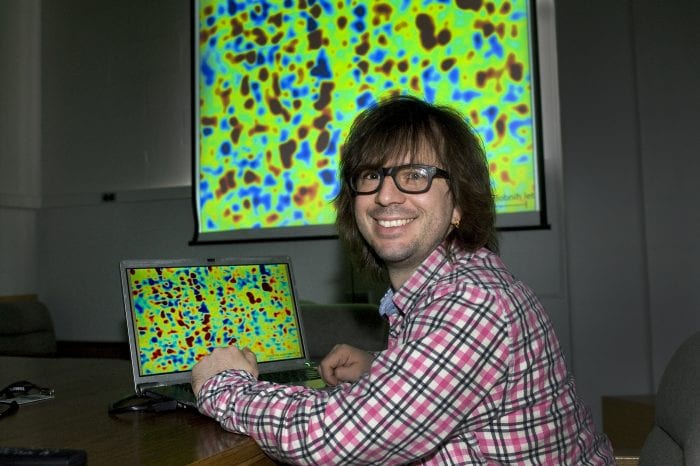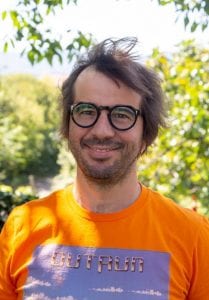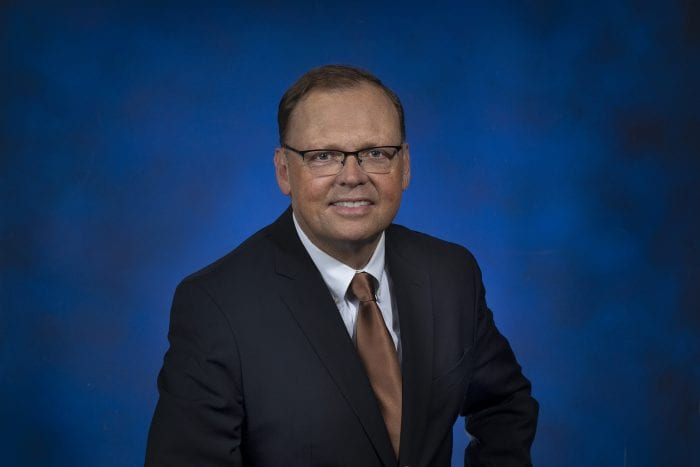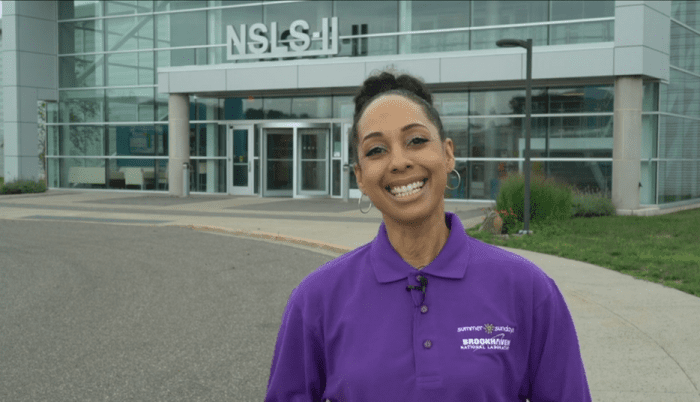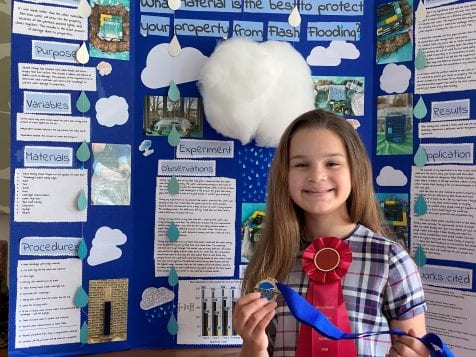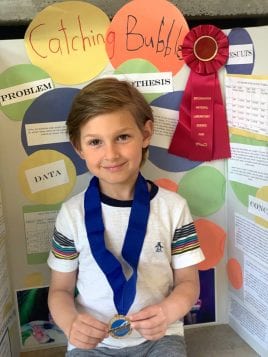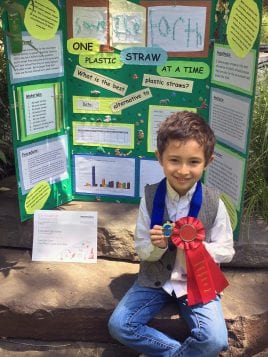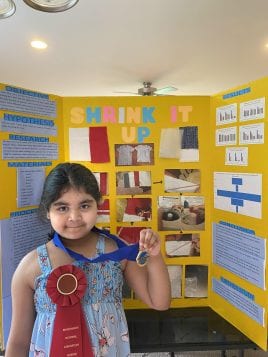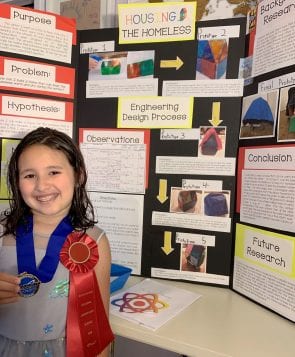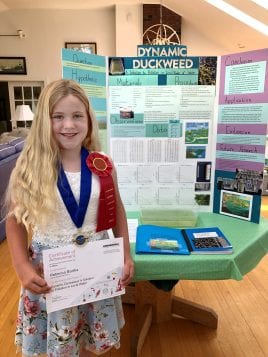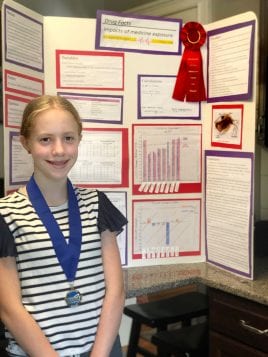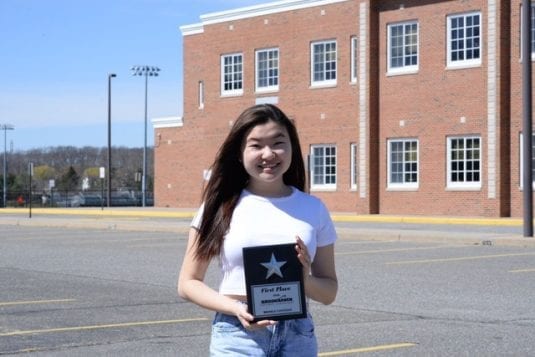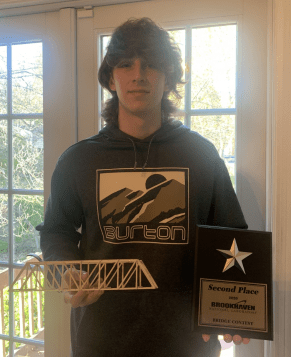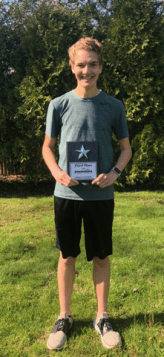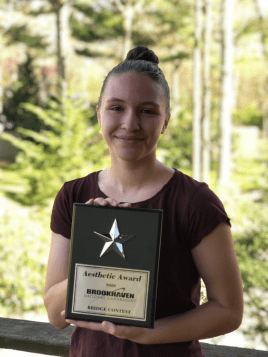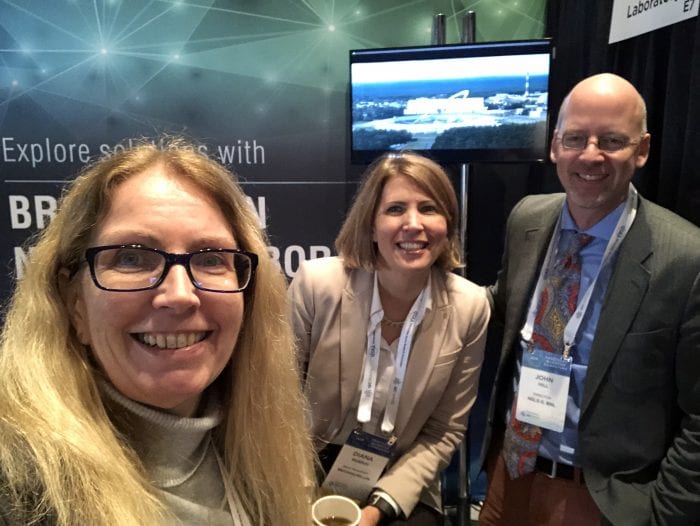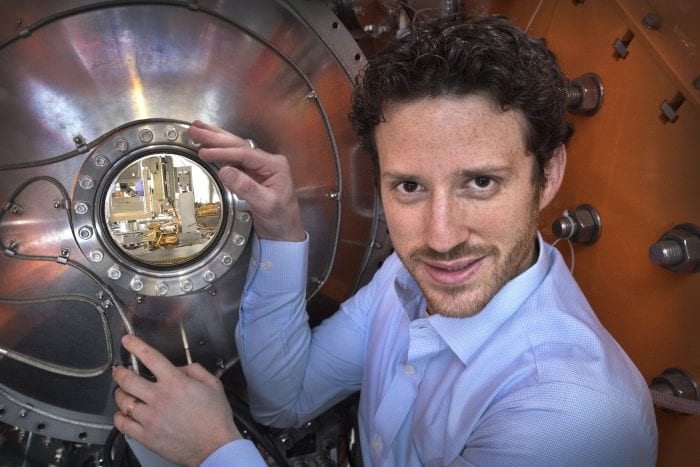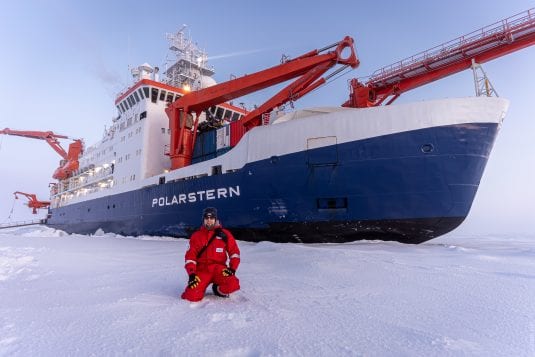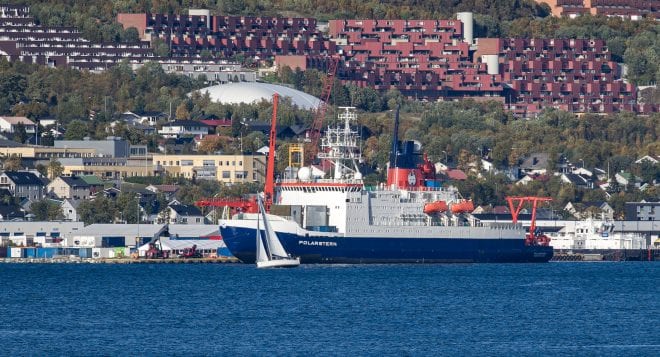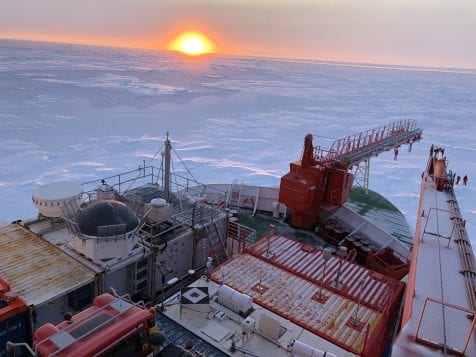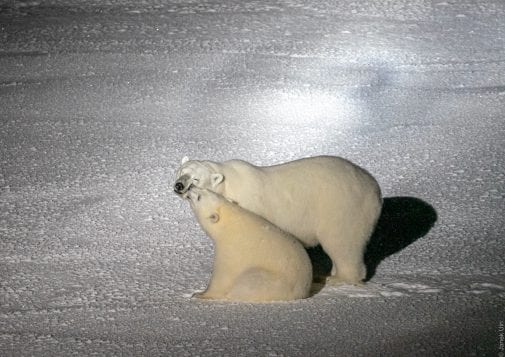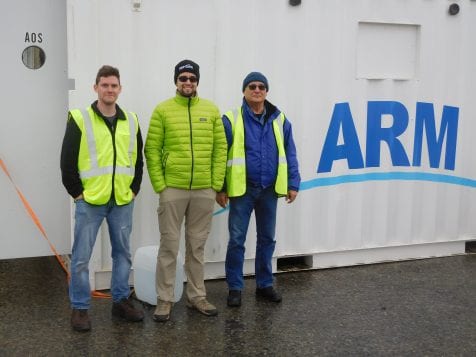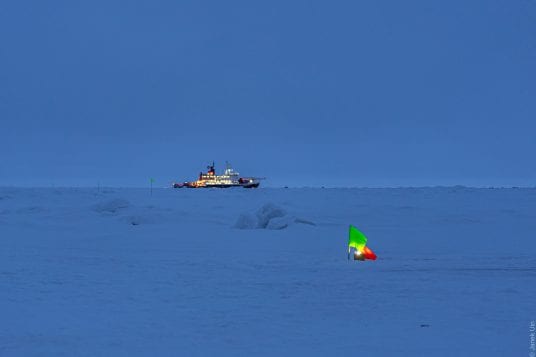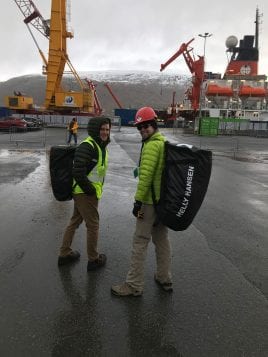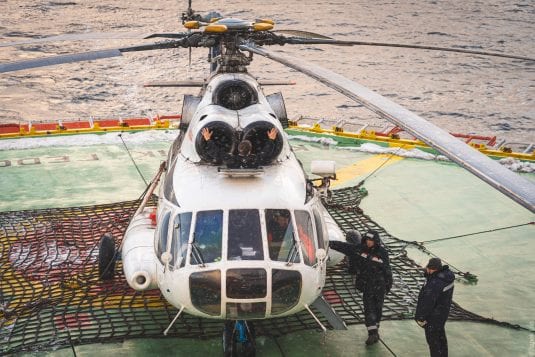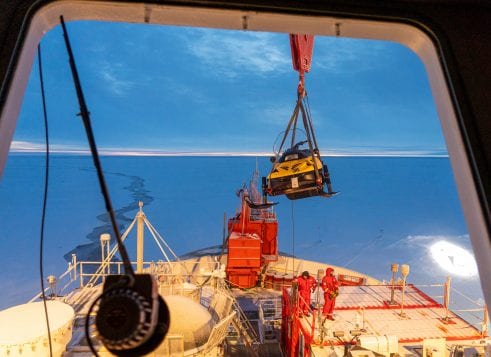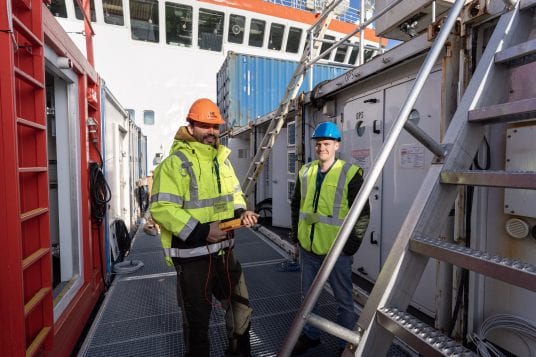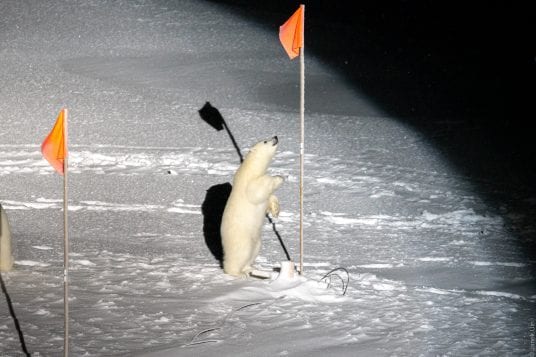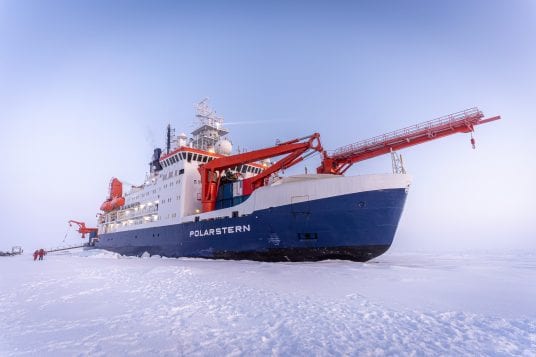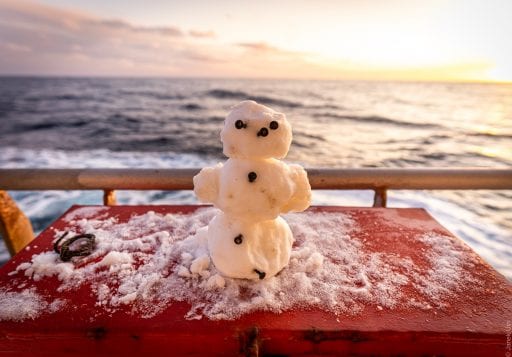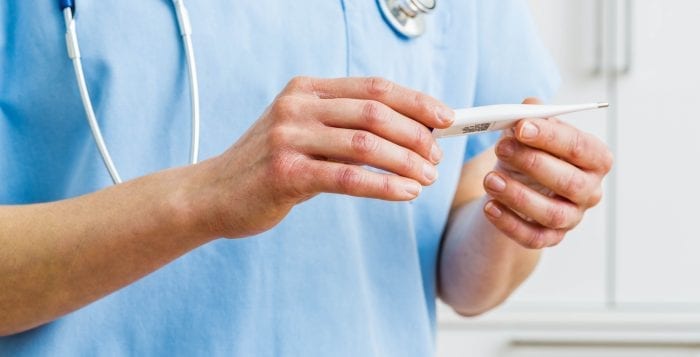By Daniel Dunaief
Even as the pandemic continues to cast a pall over the prospects for the economy, the federal government is finding ways to support science. Recently, as a part of a $625 billion award to a host of institutions, the Department of Energy earmarked $115 million over five years for a part of a project led by Brookhaven National Laboratory.
The science, called quantum information systems, could have applications in a wide range of industries, from health care to defense to communications, enabling higher levels of artificial intelligence than the current binary system computers have used for decades. By benefiting from the range of options between the 0s and 1s that typically dictate computer codes, researchers can speed up and enhance the development of programs that use artificial intelligence.
The investment “underscores the confidence the federal government has with respect to how important this technology is,” said James Misewich, the Associate Laboratory Director for Energy and Photon Sciences at BNL. “Despite the challenges of the time, this was a priority.”
Local leaders hailed the effort for its scientific potential and for the future benefit to the Long Island economy.
“I have seen strong support inside of Congress and the administration for funding requests coming out of the Department of Energy for ideas on how to move the DOE’s mission forward,” said U.S. Rep. Lee Zeldin (R-NY-1). “I have also seen a very high level of appreciation and respect for BNL, its leadership, its staff, its mission and its potential.”
Zeldin said the average American spends more time than ever engaging with technologies and other discoveries that were made possible by the first quantum revolution. “Here we are on the verge of a second quantum revolution and BNL is at the forefront of it,” Zeldin said.
Zeldin sees limitless possibilities for quantum information science, as researchers believe these efforts will lead to advancements in health care, financial services, national security and other aspects of everyday life. “This next round of quantum advancements seeks to overcome some of the vulnerabilities that were identified and the imperfections in the first wave,” he said.
State Senator James Gaughran (D-Northport) expects quantum science to provide a significant benefit to the region. “We believe this is going to be a major part of our economic future,” he said. “It is a huge victory for Long Island.”
The return on investment for the state and the federal government will also materialize in jobs growth. This is “going to employ a lot of people,” Gaughran said. “It will help to rebuild the type of economy we need on Long Island. The fact that we are on the front lines of that will lead to all sorts of private sector development.”
While the technology has enormous potential, it is still in early enough stages that research groups need to work out challenges before they can fully exploit quantum technology. BNL, specifically, will make quantum error correction a major part of their effort.
As quantum computers start working, they run into a limitation called a noisy intermediate scale quantum problem, or NISQ. These problems come from errors that lower the confidence of getting the right answer. The noise is a current limitation for the best quantum computers. “They can only go so far before you end up with an error that is fatal” to the computing process, Misewich said.
By using the co-design center for quantum advantage, Misewich and his partners hope to use the materials that “beat the NISQ error by having the combination of folks with a great team that are all talking to one another.”
The efforts will use a combination of classical computing and theory to determine the next steps in the process of building a reliable quantum information system-driven computer.
Misewich’s group is also focusing on communication. The BNL scientists hope to provide a network that enables distributed computing. In classical computing, this occurs regularly, as computer scientists distribute a problem over multiple computers.
Similarly, with quantum computing, scientists plan to distribute the problem across computers that need to talk to each other.
Misewich is pleased with the combination of centers that will collaborate through this effort. “The federal government picked these centers because they are somewhat complementary,” he said. The BNL-led team has 24 partners, which include IBM, Stony Brook University, SUNY Polytechnic Institute, Yale University, Princeton University, the Massachusetts Institute of Technology, Harvard University, Columbia University and Howard University, among others.
“We had to identify the best team and bring in the right people to fill the gaps,” Misewich explained.
Using a combination of federal funds and money from New York State, BNL plans to build a new beamline at the National Synchrotron Lightsource II, which will operate at very low temperatures, allowing scientists to study the way these materials work under real word conditions.
BNL would like the work they are doing to have an application in calculations in three areas: the theory of the nucleus, quantum chemistry, which explores ways to design better materials, and catalysis.
A quantum computer could help make inroads in some challenging calculations related to electron-electron interactions in superconducting materials, Misewich said, adding that the entire team feels a “tremendous sense of excitement” about the work they are doing.”
Indeed, the group has been working together for close to two years, which includes putting the team in place, identifying the problems they want to tackle and developing a compelling strategy for the research to make a difference.
The group is expecting to produce a considerable amount of research and will likely develop various patents that will “hopefully transfer the technology so companies can start to build next generation devices,” Misewich said.
Along with local leaders, Misewich hopes these research efforts will enable the transfer of this technology to a future economy for New York State.
This effort will also train a numerous graduate and post doctoral students, who will be the “future leaders that are going to drive that economy,” Misewich said.
The research will explore multiple levels of improvement in the design of quantum computers which they hope will all work at the same time to provide an exponential improvement in the ability of the computer to help solve problems and analyze data.

